The Other Side of the Banana Story
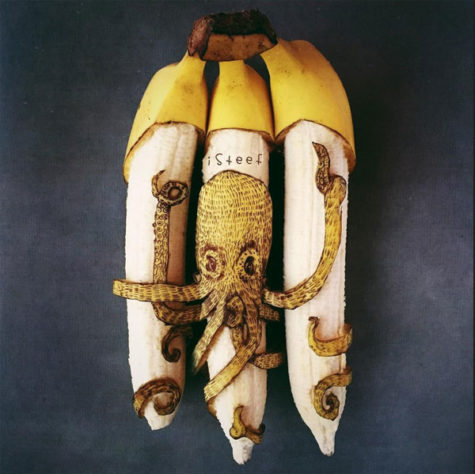
Yes, bananas are good for what ails you, but life on a banana plantation – growing Chiquita bananas means pesticides and hard work.
On farms from Mexico to Ecuador, Chiquita and its affiliates grow millions of bananas every year for consumers in North America and Europe. The fruit is grown and harvested in a labor-intensive process that involves an army of workers, lots of equipment, crop-dusting airplanes, foam cushions, string, bags, special cartons, refrigerated trucks and trains, and tons of pesticides.
While production methods vary slightly from plantation to plantation, the basic operations described below remain the same. This example is a composite plantation, drawn from Enquirer reporters’ visits to Chiquita subsidiary plantations and Chiquita-affiliated farms in Honduras and Costa Rica, as well as interviews with plantation workers and environmental scientists.
A Commercial Banana Operation
Commercial banana plants grow from 15 to 30 feet in height and are grown in long rows on large irrigated plantations. Most bananas consumed in the United States are grown in the lowlands of Central and South America.
The average banana plant produces fruit about every nine months. The stem usually grows to contain about 150 bananas. When the manager decides, the fruit is cut green from the plant and dropped carefully on the back of a worker carrying a cushion to stop any bruising of the fruit.
To kill off other plants growing around the bananas, workers apply herbicides. The chemicals are toxic and wash into the ground and ground water during rains.
To kill off nematodes, small worms that attack banana plants from the roots, workers cover the ground around the plants with nematicides. These chemicals are highly toxic and make an area extremely dangerous for 24 to 48 hours after application.
Banana plants do not have strong trunks, they can easily be knocked over in a tropical windstorm. To prevent ‘blowdowns,’ workers tie the plants down with string.
Aerial spraying is an integral part of pesticide application in commercial banana farming. The main purpose is to combat Black Sigatoka, an airborne fungus that can destroy a plantation’s crop. In areas that are infected with the fungus, including much of Central America, airplanes may spray fields more than 40 times a year.
The spray lands on the plants’ upper leaves, the ground, irrigation canals, streams and rivers and nearby homes, workers and residents, scientists told the Enquirer.
Workers on Chiquita subsidiary plantations and other farms producing Chiquita bananas told the Enquirer that they receive no warning when the planes come over and they often hide under banana leaves to escape the pesticide dust.
Nearby villagers complain the aerial spraying often drifts into their yards, sending children running into the houses to escape rashes. Many worker villages are located close to banana plantations.
The water used in the in the packing plants to wash pesticides off the bananas comes from the irrigation canals and then is routed back out into the water supply. Chiquita has built berms in recent years on some plantations to limit pesticides from flowing directly into rivers. But many irrigation canals, laced throughout every plantation, remain directly exposed to pesticides.
Plastic bags embedded with the powerful chemical chlorpyrifos protect the the growing fruit from insects throughout its entire gestation. In previous years,the bags were simply discarded after use, though the major banana companies have now started recycling programs.
At harvesting, the stem is placed on a large overhead cable system that runs throughout the plantation. Workers place foam cushions among the fruit to stop bruising. The fruit is then pushed along the cable toward the “Empacadora,” the packing plant.
In the packing plant, workers remove the cushions. Other workers then cut the stems into smaller bunches.
The bunchesare then put in a “pila de seleccion,” a selecting trough, where selectoras, usually women, choose the bananas and cut them further down to shipping size with small hooked knives.
Larger troughs called ‘pilas des leches,” milk troughs, wash off the pesticides applied in the fields as well as natural fluids from the banana plant.
New pesticides are applied to the bunches after they are placed on a conveyer belt. The new pesticides, either thiabendazole or imazalil, are applied to prevent “crown rot,” a fungus that attacks the extremities of the banana bunch.
On some plantations, Chiquita has installed small plastic containment systems that save money on pesticide costs and reduce worker exposure to the pesticides. But most plantations do not have this system, according to Chiquita statements issued through its attorneys to the Enquirer.
Boxes of banana bunches, freshly applied with pesticides, are put on large skids for shipment. On all the plantations visited by the Enquirer, most workers viewed by reporters did not wear gloves when handling the pesticide-covered bananas.
Trucks or trains are brought to the plant and loaded with the skids. The bananas are taken to port, where the large refrigerated containers are lifted onto ships. The ships then sail to various destinations, usually in North America or Europe. About ten days to two weeks after being harvested, the bananas are on display and for sale at local groceries.
Pesticides in the banana ecosystem
The ecosytem of a banana plantation is extremely wet and hot. The soil is very loose, helping the banana plants grow but also making it easy for pesticides to spread throughout the system.
It often rains in these areas, flushing pesticides into the ground and water table. The banana industry’s answer to this dissipation has been to apply pesticides frequently.
Ways pesticides get into the environment:
Air: Airplanes drop toxic chemicals regularly from the air. Pesticides fall on the plants, but also on workers, the ground and irrigation canals and streams.
Ground: Workers apply pesticides to the ground around the plants. These chemicals seep into the ground with every rainfall.
Water: Pesticides also get into water that is used to wash bananas in the packing plants. That water then flows back into the irrigation canals.
Bags: Plastic bags with the insecticide chlorpyrifos cover all the banana bunches from their inception. The chemical leaks off the bags in rain storms and flows into the ground and water.
Black Sigatoka is a banana plant disease that plagues most areas where Chiquita bananas are produced. The airborne fungus eats away at the plant leaves, turning them black. The disease shrinks the size of the fruit and makes it ripen too quickly to be shipped to market. Eventually, the disease kills the plant. Some researchers are now trying to find a Sigatoka resistant banana that will still appeal to consumers, but nothing has been discovered thus far. To date, the industry’s reaction to the problem has been to increase aerial spraying of powerful pesticides.
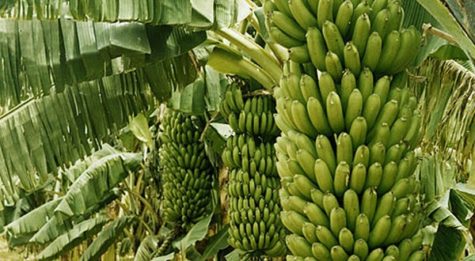
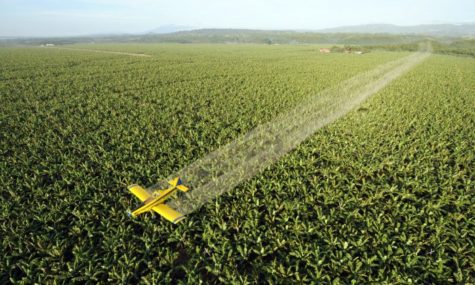
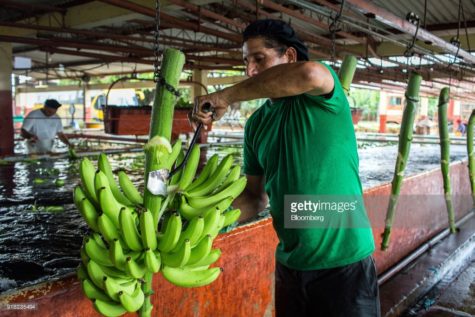
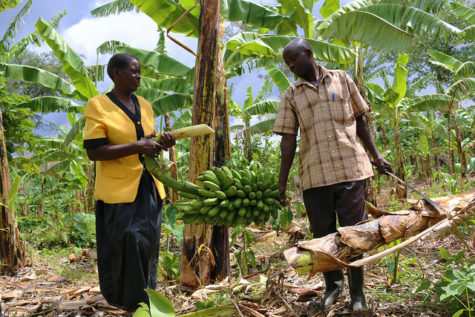
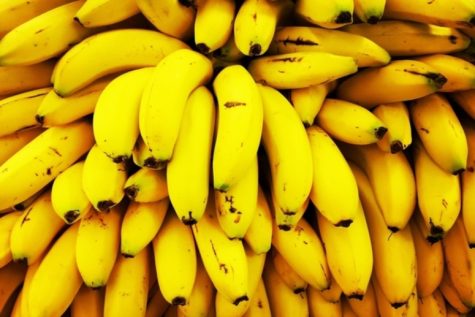



Leave a Reply